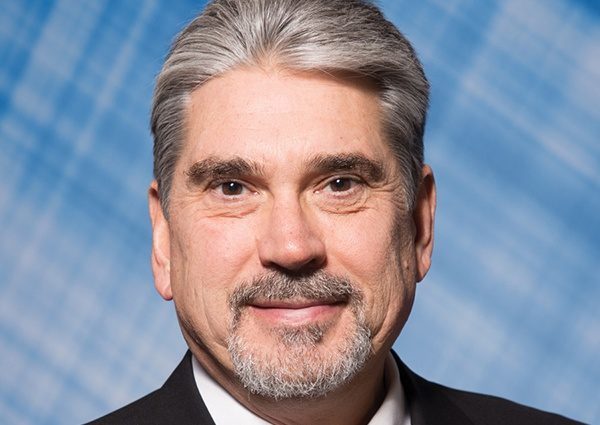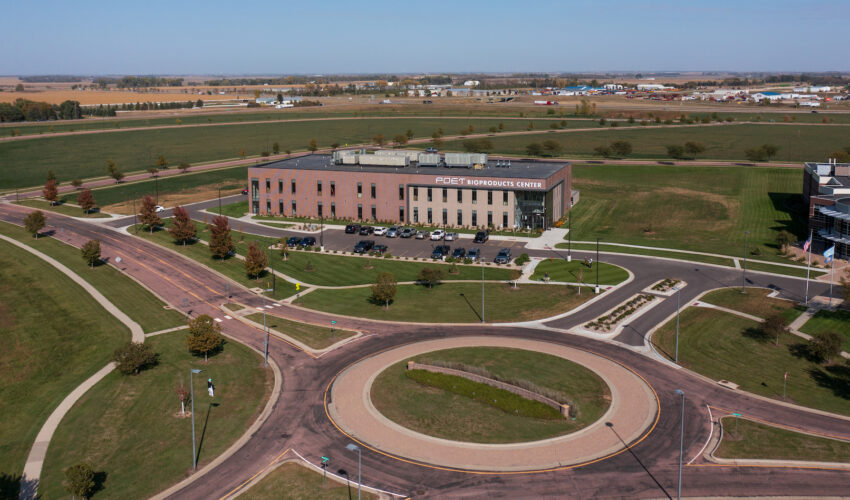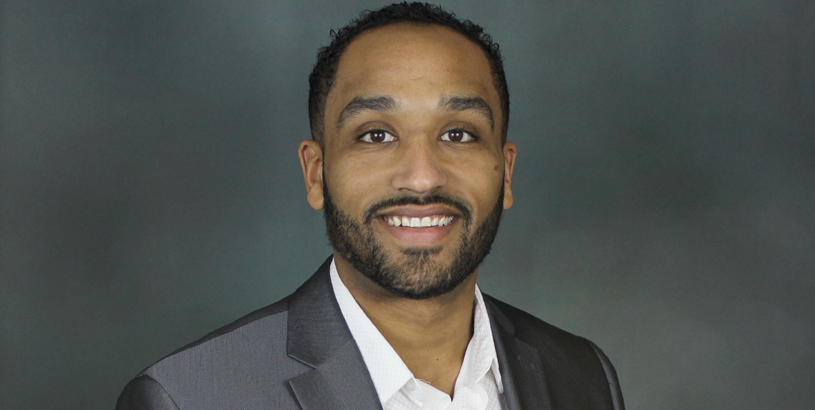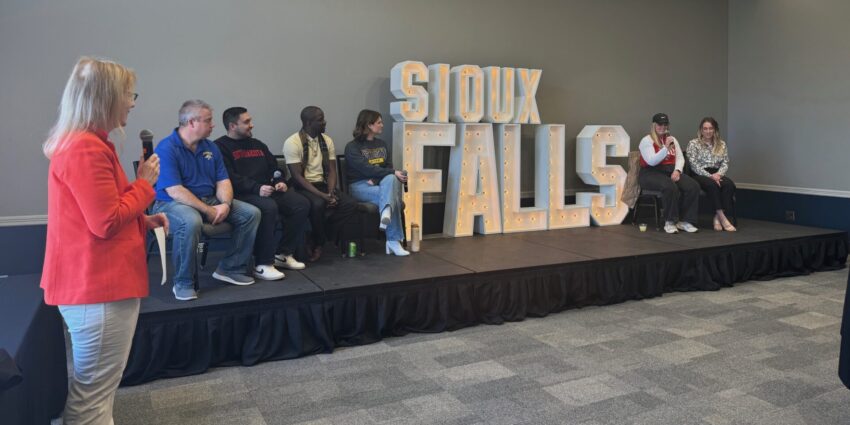Connecting business with education helps build workforce
March 12, 2018
This piece is presented by the Sioux Falls Development Foundation.
Lon Hird, director of industry relations at Southeast Technical Institute, works with business and industry partners to determine needs for academic programming, customized training and apprenticeship/internship opportunities. A member of the STI team since 1998, Hird develops and directs corporate education programs and works to improve local services that provide technical assistance to business and industry for creating custom training programs.
STI is a vital partner in the regional effort to build the talent pool. What are the programs happening right now that you believe are crucial to workforce development?
Every academic program at Southeast Tech is vital to the development of workforce in its respective industry. Having said that, I believe the most important programs being developed right now are those that involve direct interaction with our industry partners.
President (Robert) Griggs has implemented a series of Sector Breakfasts. These events have generated a tremendous amount of interaction and dialog between various industry groups and Southeast Tech. These conversations have fostered new relationships, opened numerous doors and have directly resulted in several new initiatives that have positively impacted enrollment this past fall and spring semester.
Why is the relationship between education and industry more important than ever?
We have all heard about the skills-gap issue over the last several years. That gap is only going to close if we develop a highly functional connection between the organizations requiring specific skills and the organizations that can help develop those skills. This, by necessity, brings education and industry to the same table.
One of the challenges in any educational system is the delivery of talents and skills that are relevant to the current workforce needs. Educational systems must maintain a constant connection and dialog with employers to ensure that the material being delivered is current and of value.
Employers also must engage the educational system in order to provide meaningful input and allow students exposure through industry-led experiences such as tours, job shadows, internships and apprenticeships.
What makes the Sioux Falls regional labor market unique?
The obvious answer is the less than 3 percent unemployment. This, however, does not tell the full story in terms of overall workforce. The Sioux Falls economy is very diverse. While agriculture is the primary economic engine in South Dakota, Sioux Falls has significant impact from financial services, manufacturing, transportation and tourism as well.
However, Sioux Falls also enjoys far more human resource diversity than some other markets. This presents tremendous opportunity to engage communities of new Americans and develop the talents and abilities of those who are not yet realizing their full potential.
What can businesses do to be agents for change in building a workforce for the future?
I think there are two key factors here: First, companies need to engage potential employees earlier in the educational process than ever before. I tell employers all the time that if the recruiting process is started in the four of five months before a student graduates, they are probably too late. Many of Southeast Tech’s students are working in their chosen field long before graduation. Because of this, employers have to begin the recruiting and relationship-building process early in the educational career of the prospective employee.
Second, employers need to be actively involved in the development of talent. This can happen in a number of ways, but the more relationship building that a company is doing, the more successful they will be at recruiting. This may mean taking an equity stake in the education of a prospective employee. It may also mean hiring an employee into an entry-level position with the intent of training and developing that person for a specific, higher-level position.
What brought you to Sioux Falls — and kept you here?
I was a nontraditional student and, after completing my degree, was recruited by a manufacturer in Sioux Falls. As my wife was from Minnesota and I grew up in North Dakota, it was a good geographical compromise for us. We both found excellent employment opportunities in the area and, within a year of relocating, bought our first house.
Since that time, opportunities have presented themselves that allowed us to grow and prosper. Sioux Falls has really become our home and has been very good to us as professionals, consumers and neighbors.
To see more workforce development strategies, read the latest edition of WIN: Workforce Information Now from the Sioux Falls Development Foundation.








